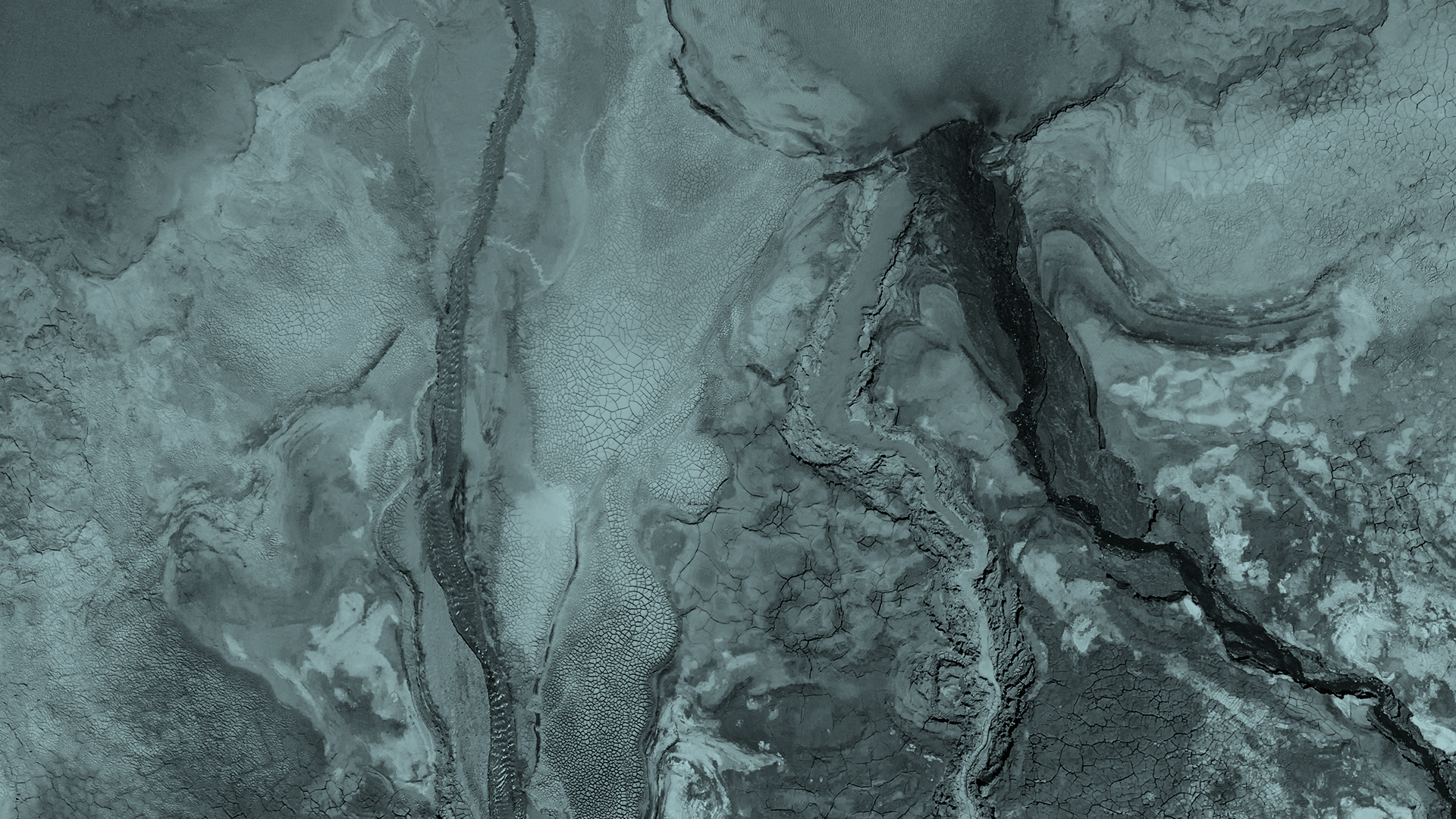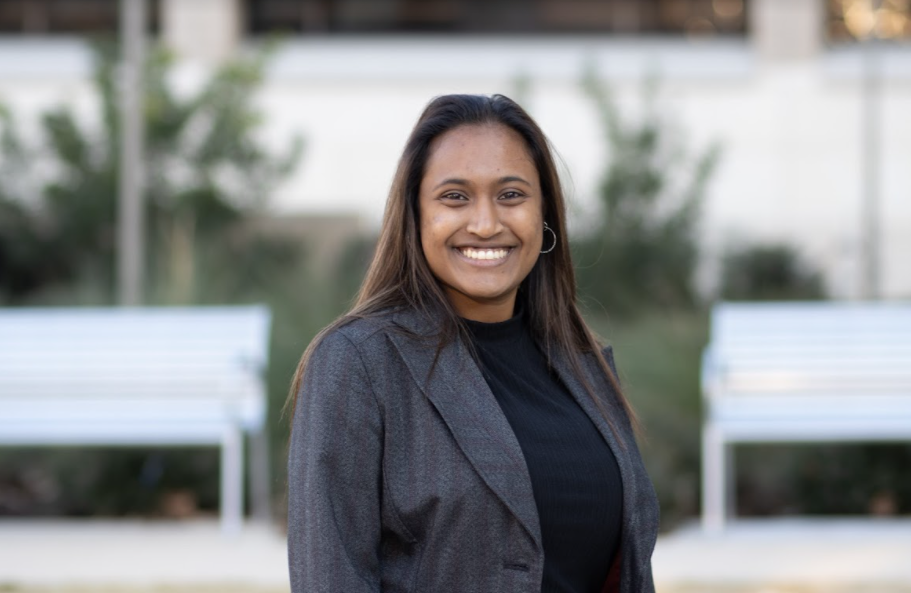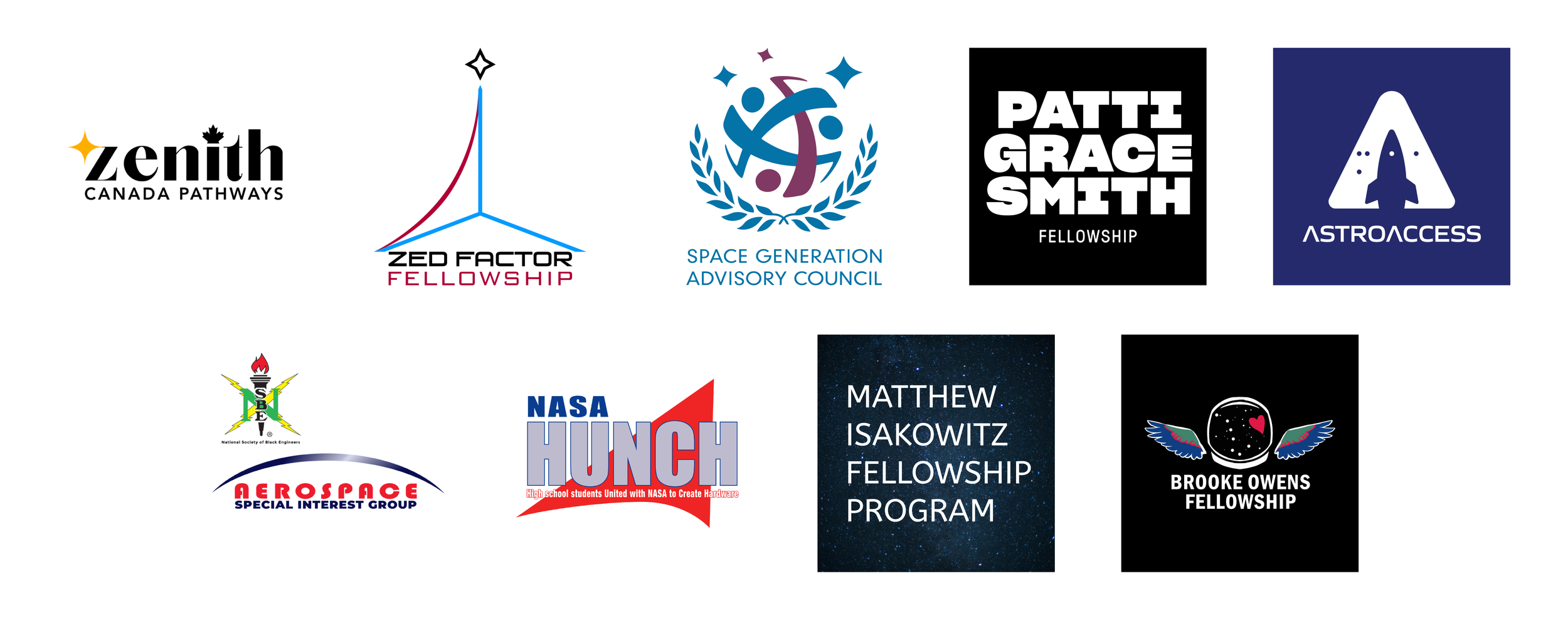ACADEMY
Horizon 2023 Zero Gravity Flight
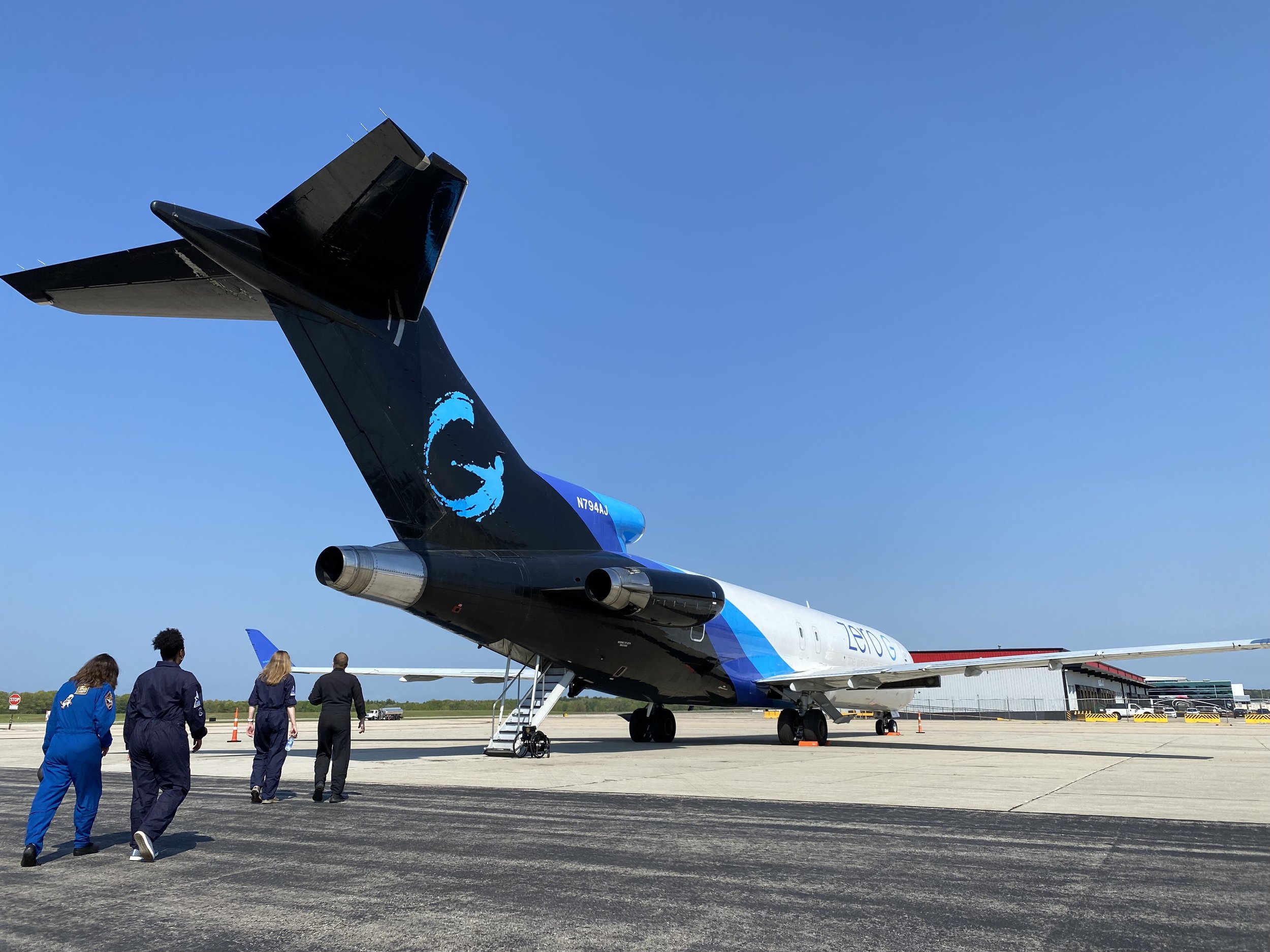
Credit: Steve Boxall / ZERO-G
ABOUT THE PROGRAM
The Aurelia Horizon Program benefits from the Aurelia team’s zero-g mission integration, teaching, and management expertise. Our partner organizations joining the flight are world-class changemakers dedicated to introducing new perspectives to space and STEAM.

Horizon 2023
Zero Gravity Flight
The theme of the 2023 Horizon flight is multimodal workforce development. The flight cohort includes students from Aurelia Academy’s pilot course, Microgravity Project Design, in addition to research fliers selected by our outreach partners and startups. This interdisciplinary cohort maximizes innovation and knowledge transfer of microgravity project design and operations.
As part of the flight experience, research fliers go through a Technical Readiness Review the day prior to flight with the Zero Gravity team. This FAA-approved review evaluated the safety of each project before it is installed on the aircraft. Students in Microgravity Project Design prepare for the TRR with Aurelia’s Mission Integrator and fill out the FAA and Zero G flight paperwork.
Horizon 2023 Flight Cohort
-

Abigail Lee
ZENITH PATHWAYS FELLOWSHIP
-
Abigail Rajagopal
THE ZED FACTOR FELLOWSHIP
-

Matej Poliacek
SPACE GENERATION ADVISORY COUNCIL
-

Florence Pauline Basubas
SPACE GENERATION ADVISORY COUNCIL
-
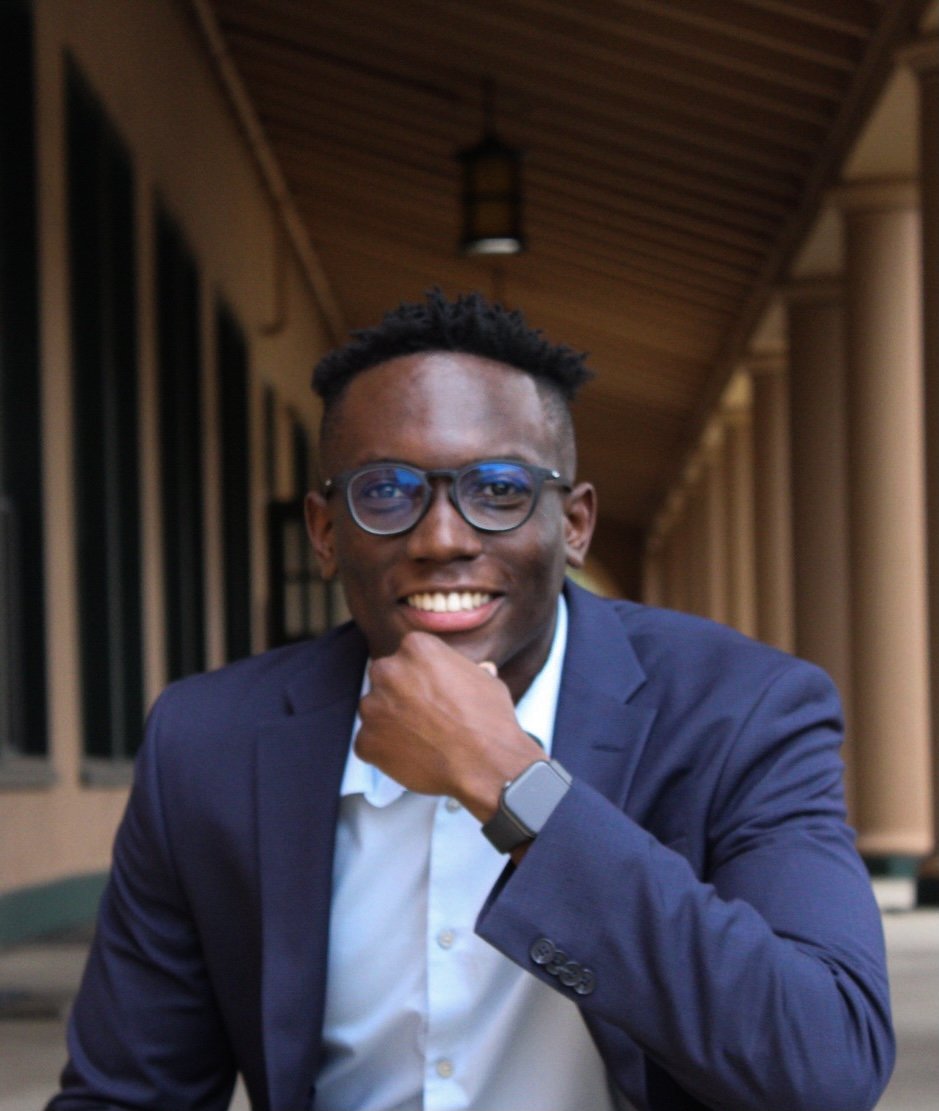
Brandon Wells
PATTI GRACE SMITH FELLOWSHIP
-

Kaylon Paterson
NATIONAL SOCIETY OF BLACK ENGINEERS
AEROSPACE SPECIAL INTEREST GROUP -
Mirabella Herrera
NASA HUNCH
-

Larry Guterman
MISSION: ASTROACCESS
-

Brenda Williamson
MISSION: ASTROACCESS
-

Cadence Payne
MATTHEW ISAKOWITZ FELLOWSHIP PROGRAM
-

Nathalie Vilchis Lagunes
BROOKE OWENS FELLOWSHIP
-

Anastasia Prosina
AIAA SATC
-

Sabrina Thompson
GIRL IN SPACE CLUB
-

Sean Auffinger
AURELIA MISSION INTEGRATOR
-

Danielle DeLatte
AURELIA FOUNDER
-

Evan Hilgemann
AURELIA INSTITUTE
-

Annie Kuan
AURELIA INSTITUTE
-
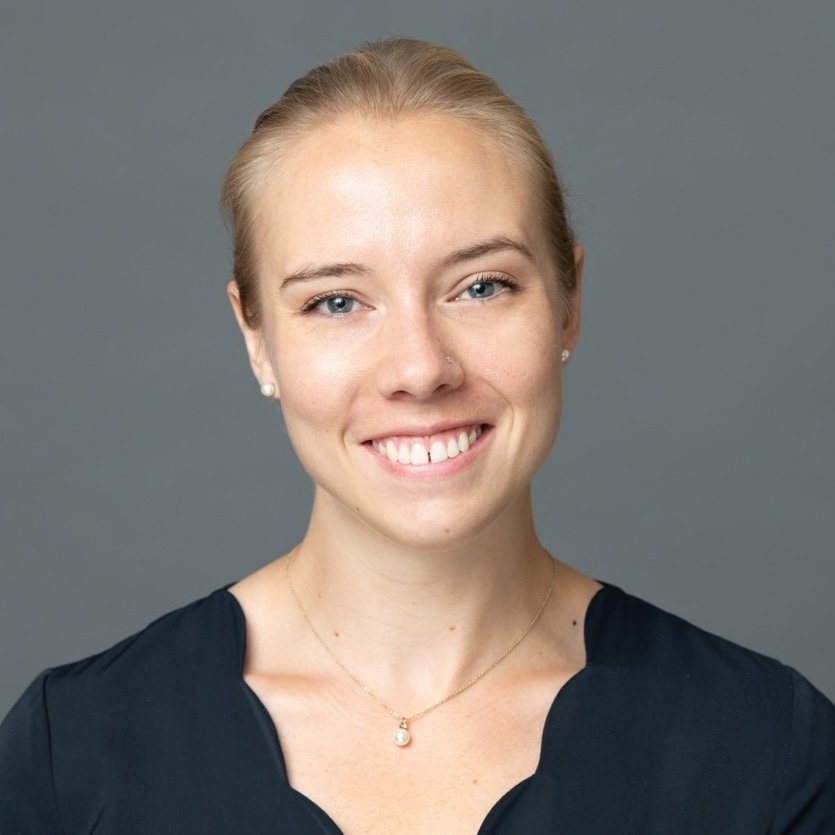
Stephanie Sjoblom
AURELIA INSTITUTE
-

Che-Wei Wang
AURELIA INSTITUTE
Horizon 2023 Projects
-
Florence Pauline Basubas
Space Generation Advisory Council
This project aims to address the challenges of conducting space biology experiments in parabolic flights by developing and demonstrating a low-cost payload, which will house diverse experiments from passive observation and directed evolution of microorganisms to actively monitoring biochemical reactions.
-
Larry Guterman
Mission: AstroAccess
The SonicCloud experiment uses custom built sound-personalization prototype software, in conjunction with noise-canceling earphones, to enable a severely hard-of-hearing flier to understand ambient speech amidst the extreme background noise and disorienting setting of the zero gravity flight. It uses innovative user controls for identifying psycho-acoustic preferences and for making real time adjustments, sample profiles optimized for a wide range of hearing loss, and proprietary DSP (digital signal processing) to modify the speech signal and tailor it precisely to the hearing loss/hearing acuity of the listener and the auditory environment.
-
Mirabella Herrera
NASA Hunch
The One-Handed Trash Bag Container is an improvement on the current trash system being used on the ISS. The current system uses Nomex trash bag containers in an outer bag that uses velcro to close the container. This system gets dirty easily and slides around. This improved system creates an easier and cleaner solution for the disposal of trash on the ISS. This project consists of an outer bag, an inner bag, and a lid. The lid uses a turning mechanism to open/close the "leaves" of the lid allowing a sufficient seal on the trash bag in the container. This solution will make throwing away trash in a zero-gravity environment easy with the user only needing one hand to open/close the trash bag container.
-
Abigail Lee
Zenith Pathways Fellowship
Abby flew with an experiment she designed and built that targets educating elementary school and high-school-level students on the effects of gravity. Videos of the experiment will be distributed to educators along with lesson plans to help them teach about aerospace concepts in an exciting way. Abby is extremely passionate about making aerospace more accessible to women and other minorities and hopes to inspire kids of all ages to become involved in aerospace.
-
Kaylon Paterson
NSBE Aerospace Special Interest Group
Kaylon’s project used machine learning to track small, hard-to-contain items in varying gravitational profiles.
-
Matej Poliacek
Space Generation Advisory Council
Astronauts are often asked about wearing glasses or having asthma as potential disqualifications. The RESPIRE project aims to provide clear answers, especially regarding asthma and lung diseases in space. Understanding the effectiveness of asthma medication like inhalers in microgravity is crucial for safe space travel, and also has the potential to improve life on Earth. Broadening astronaut profiles is essential for inspiring the next generation and promoting inclusive access to space. RESPIRE-I, which is the first step in this direction, will be tested on this parabolic flight, marking the beginning of an exciting journey in this field.
The RESPIRE project (Repeatable Experiment for Simulation of Particles from Inhaler in REduced gravity) as a whole aims to understand how aerosols behave in microgravity, particularly focusing on their circulation and deposition in the lung architecture. RESPIRE-I, the initial phase, studies aerosol behavior in a trachea-like tube. Insights into aerosol behavior could impact the use of aerosolized medicine in space, help understand pathogen dispersion, and evaluate the effects of aerosolized particles on astronaut respiratory health. RESPIRE uses a 3D mechanical model approximating lung architecture, employing a hand-operated air pump and an aerosol delivery device to mimic breathing patterns and evaluate particle behavior. -
Anastasia Prosina
AIAA SATC
Drawing inspiration from sensory tools like weighted blankets and pressure vests, research is exploring the potential of deep pressure therapy vests to manage stress in astronauts. This investigation focuses on whether deep pressure therapy can effectively minimize astronauts' stress responses, particularly during sleep when they experience the sensation of falling and often require medication to fall asleep. This approach could potentially eliminate the need for sleep medication, offering a significant benefit for astronaut health. This research is based on peer-reviewed studies and ongoing consultations with medical personnel at NASA's Johnson Space Center.
-
Abigail Rajagopal
Zed Factor Fellowship
This project investigates the possibility of a tethered computer to output the data, in real-time, from two devices: one to track the wearer’s heartbeat, and one to track their orientation over time, to compare these values across Martian, Lunar, and Zero-G sections of the flight.
-
Nathalie Vilchis Lagunes
Brooke Owens Fellowship
Vine robots are plant-inspired soft robots that imitate the growth of a Vine. They are capable of growing and adjusting to their environment. Vine robots are made from an inflatable plastic tube that can be pre-formed or controlled to reach a certain point in space as it grows. The growing functionality occurs when air is supplied to the plastic roll tube at the robot's base, and the plastic vine inflates. The robot is able to return to its original rolled state by removing the air and retracting the plastic tube towards the base. Vine robots are ultra-lightweight, have a reduced initial volume, and require very low energy, making them ideal mechanisms for space applications. On Earth, vine robots' ability to grow and move objects in a direction opposite to gravity is limited; they can only reach a certain length before collapsing due to their own weight. That is why microgravity is the ideal environment for Vine robots to reach their full potential. This experiment aims to analyze the Vine robot's behavior, limitations, and potential to hold and move objects around in a microgravity environment.
-
Brandon Wells
Patti Grace Smith Fellowship
Crews on spacecraft use handrails and foot restraints for mobility but experience discomfort and injury (in some cases) due to prolonged use and non ergonomic placement. Wearable Gecko Mobility Aids(GMAs) use Van Der-Waals forces induced by sheer forces to adhere to smooth surfaces and are a possible alternative as they can be integrated onto crew clothing. The purpose of this research is to evaluate the performance of Wearable Gecko Mobility Aids (GMA) in a microgravity environment.
-
Brenda Williamson
Mission: AstroAccess
This automated light signaling system builds upon a manual LED light system developed for AstroAccess parabolic research flights, which visually rather than audibly signaling changes in gravity status during the flight and informs the Deaf/Hard of Hearing (DHH) crew of the status.
The manual system was controlled via a Bluetooth smartphone app and operated by one of the ZERO-G flight directors, and was found to be beneficial not only by AstroAccess’ DHH crew, but by multiple AstroAccess flyers regardless of their hearing level. The objective then became to automate the system to remove the necessity of asking a ZERO-G coach to press buttons on the app.
Horizon 2023 Sponsors
Horizon 2023 Partners & Collaborators
